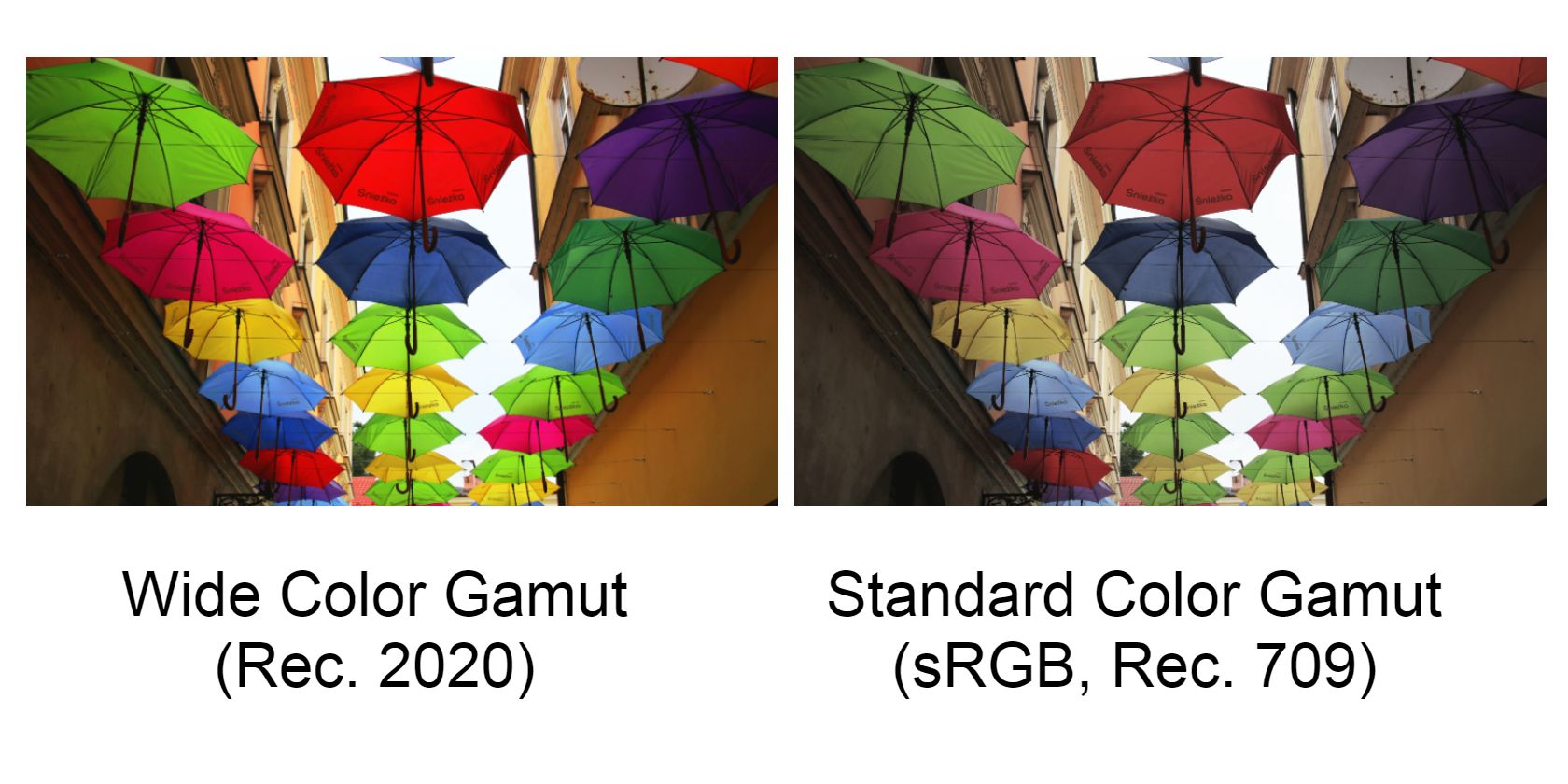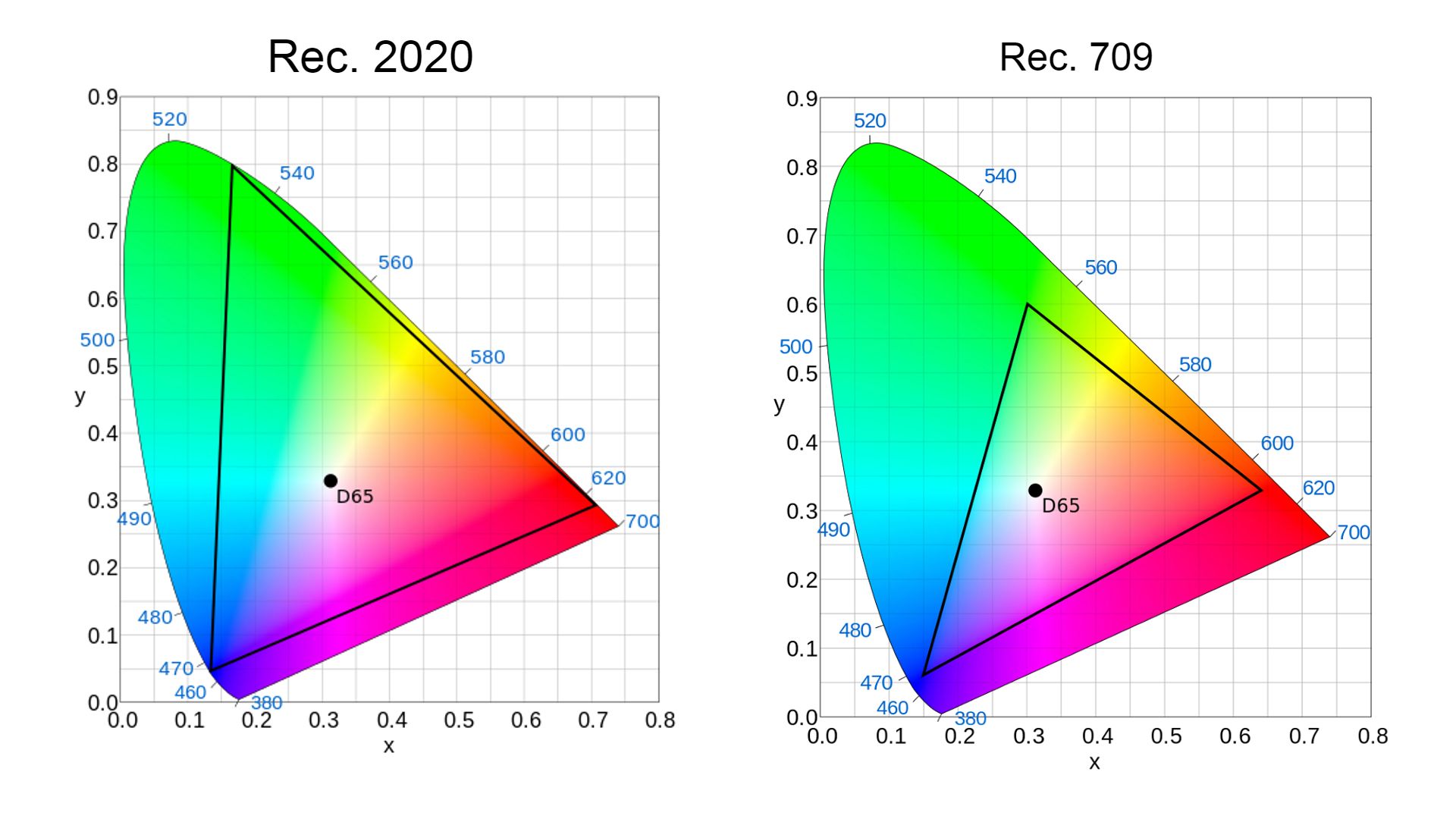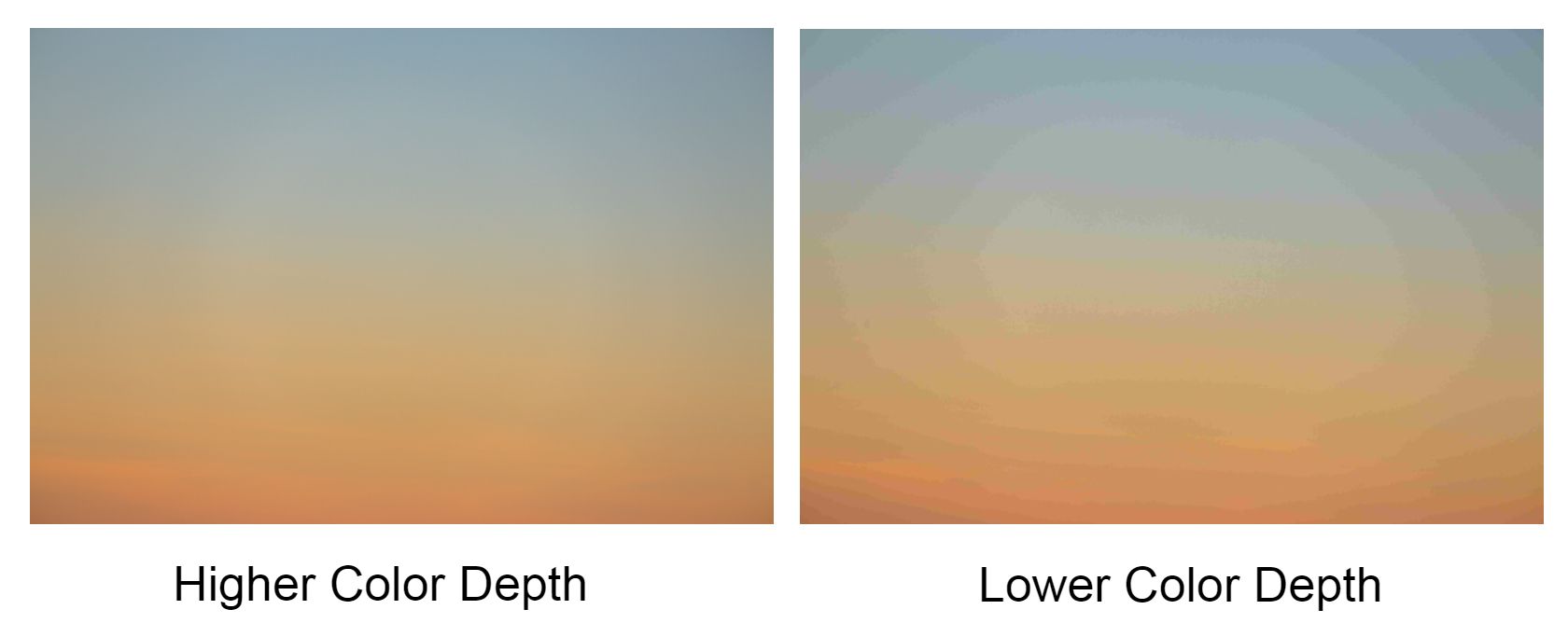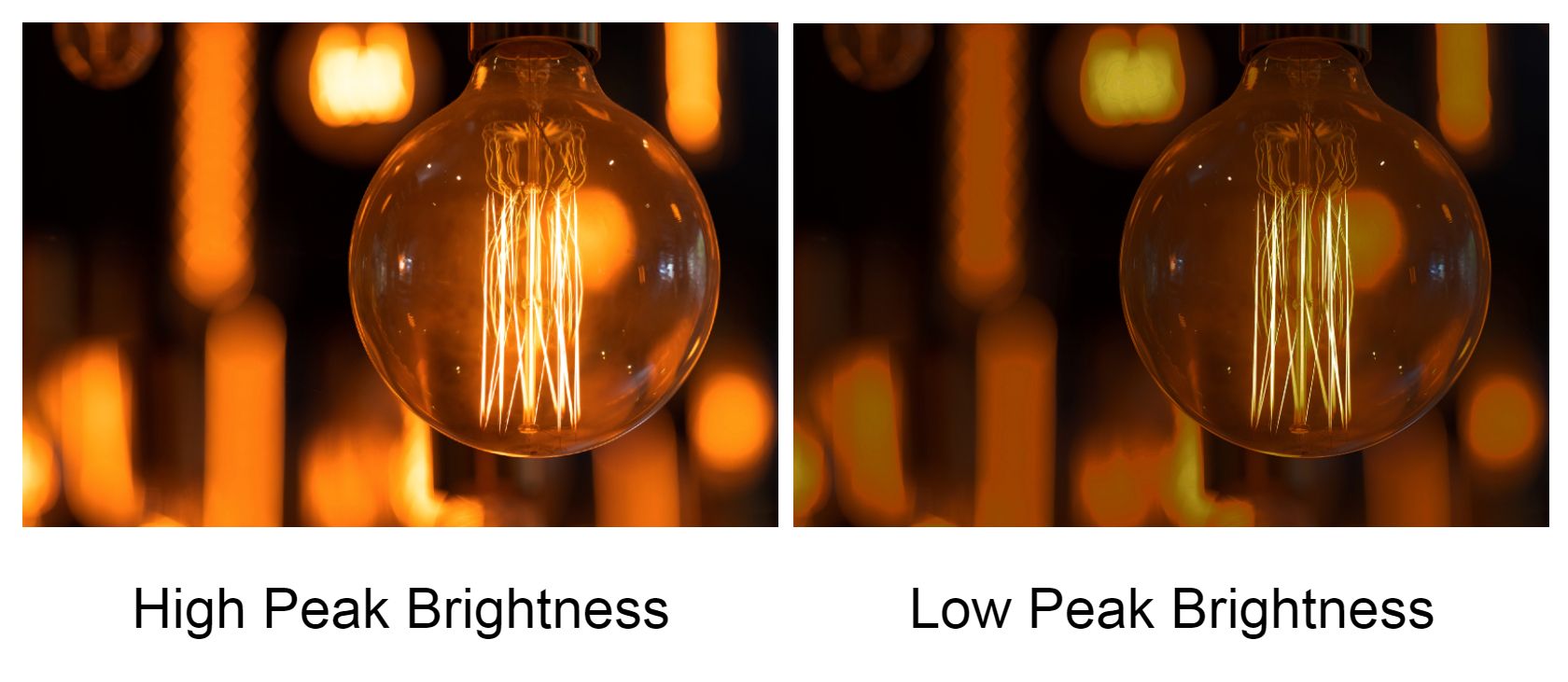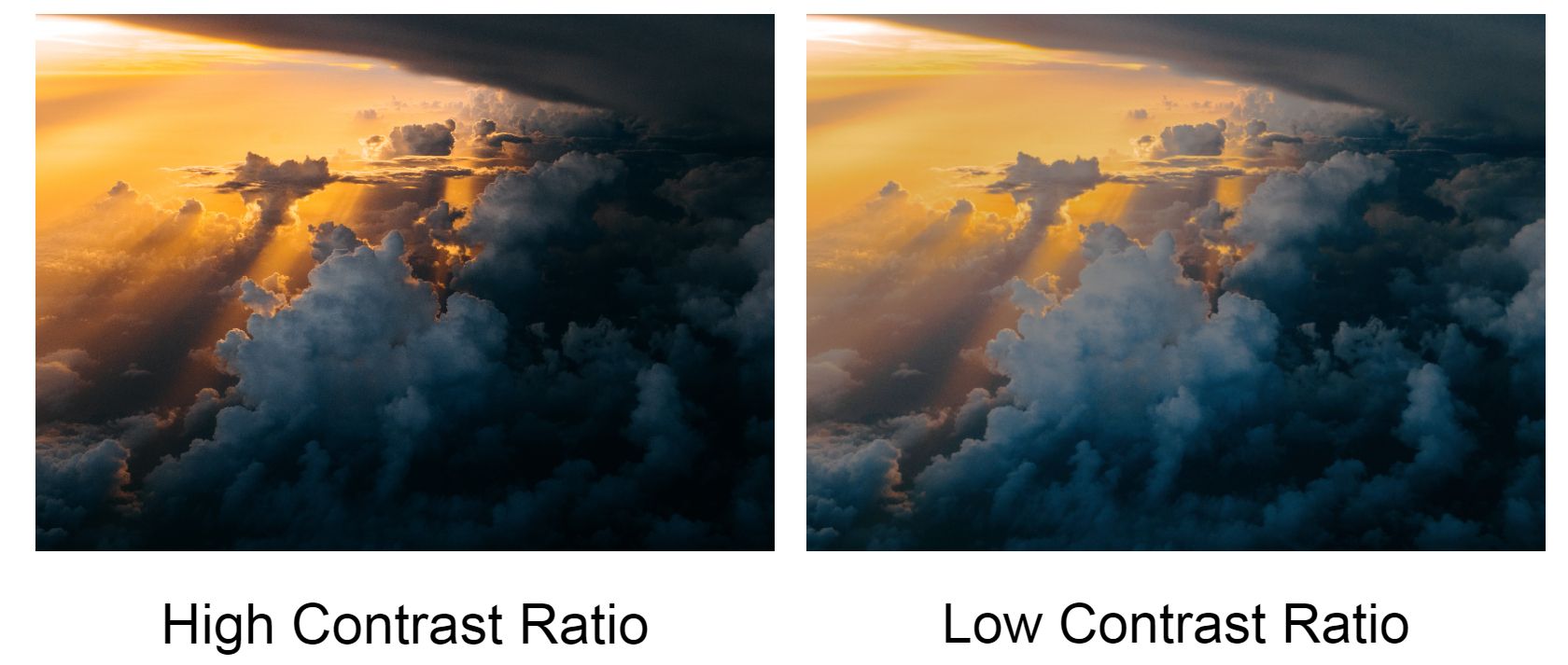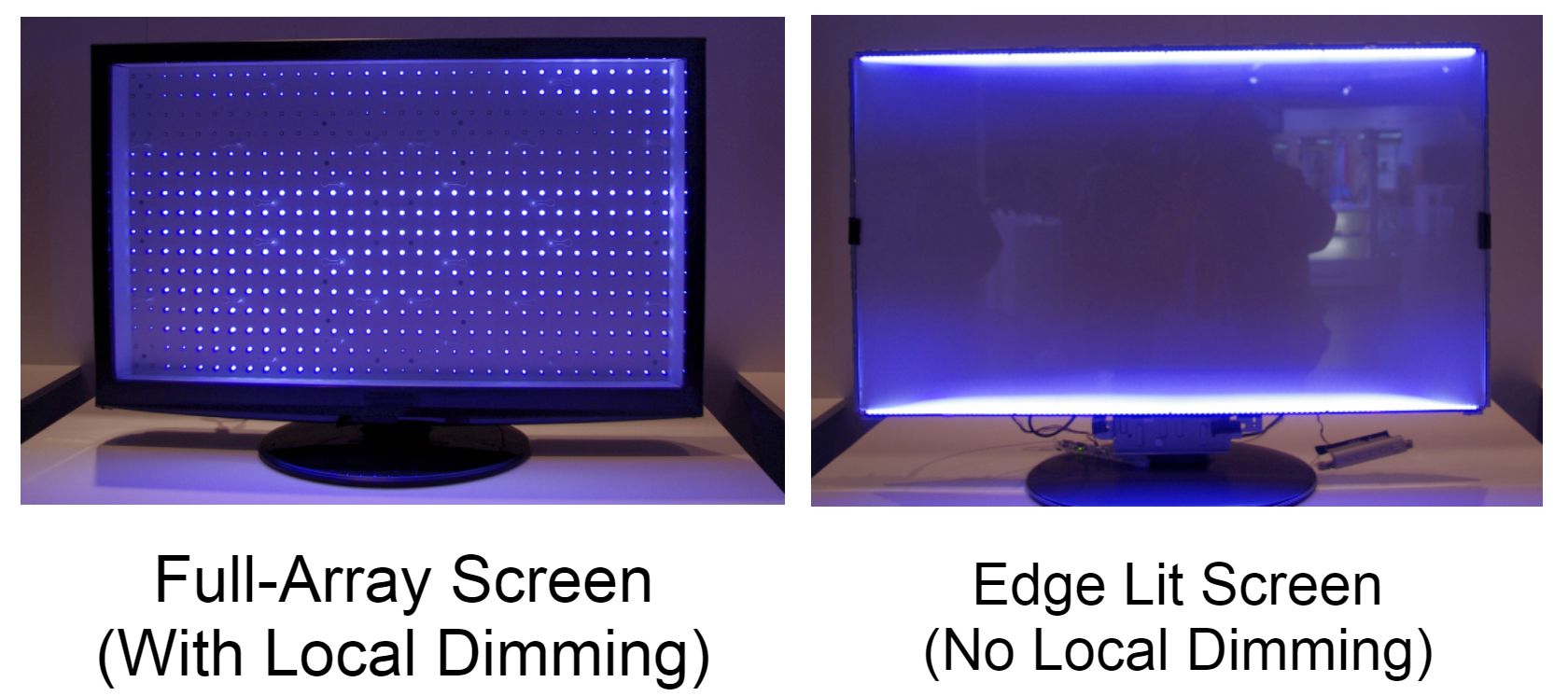5 Specs You Must Look For
HDR screens are displays that show color-accurate images with excellent exposure and contrast. In order to make an HDR screen, it must conform to key specifications set by certification bodies such as VESA. After a product passes certification, it can be advertised as an HDR display.
While HDR logos and markings are useful for quickly identifying an HDR display, relying on these logos alone can be confusing, and often not enough to determine if a screen can actually deliver great images. Here are five HDR specs to look at to ensure you’re getting a truly HDR-ready screen.
1. Color scale
A color space represents all the colors that a screen can display. Capable HDR displays use a color space known as Rec.2020. This color space covers 75.8% of the CIE 1931 color space (theoretical colors visible to the human eye), a significant improvement over sRGB and Rec.709 used in SDR displays. Here is a figure comparing the difference between Rec.2020 and Rec.709:
As you can see from the figure above, Rec 2020 can display more colors than Rec. 709. Although HDR displays are often assumed to be Rec. 2020, there are HDR certified displays that can only display the sRGB color space.
To ensure your display is indeed HDR capable, browse the display’s specs and search for “Rec. 2020” or “BT. 2020”. If the specs don’t list the color gamut, it’s best to buy your HDR display from a reputable brand and avoid cheap displays from companies you’ve never heard of.
2. Color depth
Unlike the human eye, which sees light frequencies (colors) in an analogous way, digital displays must be told by numbers what shade of color to display. Color depth or bit depth talks about the gradient of a specific color. The higher the bit depth, the more gradients or shades of color a screen can display. A low color depth leads to gradients that cause banding.
HDR displays range in color depth from 8 to 12. An 8-bit color depth can display 16 million colors, which isn’t much of an improvement over a regular SDR display. A 10-bit screen can display up to 1.07 billion colors, and a 12-bit screen can display over 68 billion colors!
Because the human eye can only see so many colors, the visual improvements you get from a 12-bit screen over a 10-bit screen are minimal, if not noticeable at all. So if you don’t edit 12-bit video or want to future-proof your display, a 10-bit display is all you need to watch HDR movies on the best streaming platforms.
3. Peak Brightness
Color spaces are often presented as 2D illustrations showing all the hues (unmodified primary and secondary colors) that a screen can display. The truth is that color spaces are actually three-dimensional. The third dimension represents the lightness of a color.
The brighter your screen can get, the brighter colors your screen can display and the better visuals are seen in a bright environment. Higher peak brightness also contributes somewhat to a display’s dynamic range and contrast.
For digital displays, luminance or brightness is measured in nits or candelas per square meter (cd/m2). For HDR displays, the minimum brightness is 400 nits (400 cd/m2) and the maximum brightness is 4000 nits (4000 cd/m2). In general, the higher the brightness of a screen, the better.
In addition to peak brightness, to ensure you’re getting an HDR display with great contrast and dynamic range, you should also consider the contrast ratio and the type of dimming or backlighting technology the screen uses.
4. Contrast Ratio
While peak brightness is about how bright a screen can get, contrast ratio is the difference between the brightest white and darkest black on the display. A screen with a good contrast ratio can more realistically depict high-contrast scenes that require high dynamic range: people standing behind a sunset, city lights at night, and explosions in a dark environment.
A display with a poor contrast ratio can result in washed-out colors and reduced detail in very bright and dark scenes.
For displays with TN, VA, or IPS panels, a contrast ratio of 3,000:1 would be a good place to start.
According to RTINGS, a good contrast ratio for displays with TN, VA and IPS panels starts at 3,000:1. A higher contrast ratio generally means a higher dynamic range.
You should also note that there is a bell curve or diminishing returns as contrast ratios get higher. So you want at least a 3,000:1 contrast ratio, but it would be better to find one with a higher contrast ratio, e.g. 20,0000:1, or even those with infinite ratios.
5. Local dimming
The contrast ratio determines how bright and dark a display can be. The problem is that it doesn’t say much about how a screen is lit.
Local dimming is one of the most important aspects of HDR. Local dimming is the ability of a display to dim the brightness of a specific area or zone on the screen. A local dimming display can dim hundreds of zones on a screen, greatly improving contrast. Without local dimming, edge-lit displays would only have around 1-16 dimming zones on a typical TV or monitor.
Although local dimming is required for most HDR displays, there are HDR certifications that don’t require local dimming, such as “Full Array Backlight” — or simply an OLED display.
Unlike your typical LED panels like TN, VA and IPS, OLED panels do not use a backlight to illuminate their pixels. Instead, OLED uses thin carbon-based semiconductor films to provide light. This allows OLED screens to have an infinity-to-one contrast ratio and as many local dimming zones as the pixel count of the display.
An OLED HDR screen offers the ultimate contrast ratio. However, there are two reasons why you should opt for a full array display instead. The first reason is that OLEDs are expensive. The second reason is that the brightest OLED displays only have around 700 nits of peak brightness. So if you plan to use your display in a brightly lit room, an OLED display may not be bright enough to avoid glare.
Alternatively, you can opt for a QD OLED TV, which gives you the best of both worlds – rich, deep blacks and crisp, bright whites.
Things to Remember Before Buying an HDR Screen
These are the top five specs to look for when shopping for a new HDR display. Keep in mind the screen’s color space (BT2020/Rec.2020), color depth (10-bit or 12-bit), peak brightness (400-4000 nits for full array displays), and contrast ratio (3,000:1 or higher) to check. , and whether it has local dimming capabilities.
Also remember that a screen needs to have good peak brightness, contrast ratio and local dimming as they go hand in hand to provide high dynamic range in a display.
Finally, when looking for HDR-related logos and trademarks, keep in mind that DisplayHDR XXX is different from HDR XXX. For example, DisplayHDR 600 is a much better certification because it tests a display’s color gamut, bit depth, and peak brightness. In contrast, HDR 600 only shows that the display can reach a peak brightness of 600 nits.
